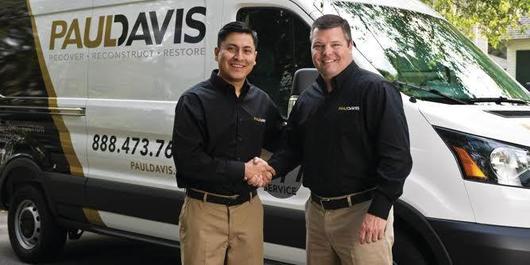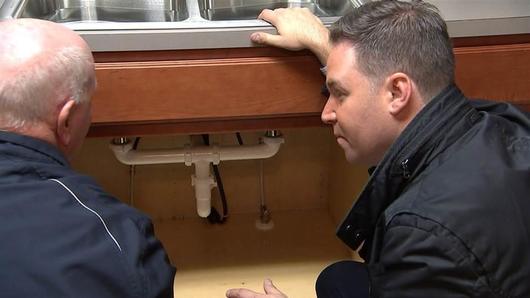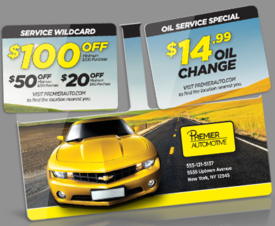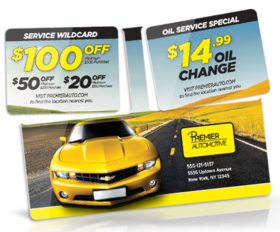Yes, content is king. AND...using it properly through social networks is a crucial component of franchise growth.
Consumers today trust the information they find through social networks - what their peers have to say, the posts they find, the way franchises treat their audience - more than most other resources.
More than 70% of consumers purchase from brands they follow online.
So, what does this mean for franchises? They need to be using social networks properly. This means more than simply setting up a Facebook page. It means carefully choosing which networks to participate in and then engaging with them consistently.
The first step, of course, is selecting which networks are right for your franchise's participation.
Here are the issues.
1. Is your audience there? Is your competition there? If yes to both, you most certainly need to be there. If your audience is not there, it may not be a place you need to be.
2. Once you've decided where you need to be, you must determine whether to setup brand pages only or pages for each franchise location. This decision would ideally be part of setting up a whole-franchise online marketing model, created with input from franchisor and franchisees.
After you have pages setup, content is the new task at hand.
1. What types of content do you post and where? Different platforms require content to be presented in different ways. However, before deciding what goes where comes the process simply of identifying what types of content your audience would want to see from you.
2. Keep this in mind while creating content: limit self-promotion to less than 20% of your content. This means that if you put out 10 posts each week, only two of them would be "promotional" in nature. In our opinion, this is still too much.
We recommend staying under 10% and to focusing on how you can benefit your audience rather than how you can sell to them.
This does not mean hiding from your products and services, however. It simply means engaging with social media in such a way that you are focused on helping others rather than helping yourself.
For example, posting a photo of a newly created menu item with its ingredients (except for your secret ingredients, of course) is a great way to engage the audience. It is also helpful to them because they could try something similar on their own.
Realize here that you're not "giving it away" by giving them an idea for a recipe. You're inspiring them to create a delicious dish, and when they want the "real thing" they'll come see you.
Compare that with simply posting the photo with words such as, "Today only special - $9.95." That type of post feels very different. Instead of being inspiring it feels self-serving. The audience picks up on that.
Using that as a guide, consider the following: What could you post that would help your audience in some way?
- How can you inspire them?
- How can you inform them?
- How can you entertain them?
- How can you motivate them?
- How can you educate them?
And...how can you do those things by posting content that is relevant to your industry?
Consider media such as videos and images.
People love to be visually engaged. You may want to consider creating your own infographics or photo postcards, as well. Videos might be ones you create yourself, such as how-to tutorials or web TV episodes. They may also be entertaining clips from YouTube that you know your audience will enjoy.
Look around for quotes by other experts in your industry. Consider adding these quotes to images to make them more visual, too. Sharing the quotes form one of your own experts can be very effective, as well.
Locate articles that would be beneficial to your audience. LinkedIn can be a great resource for that, as well as other news sources.
Blog directories like alltop.com can also help you identify current articles and information.
You should also create your own content, post it on your blog and share on social media, as well. This is one of the best ways to establish your expertise and to link back to your website in a non-self-promotional sort of way.
Other types of content might include how-to tips and industry facts or statistics, and there are many, many others.
This is really just the beginning. Once you identify the types of content you want to share, posts must be created for unique audiences on each social network. The same content shouldn't go out to every social network because users want different things.
As a very brief overview, which is by no means exclusive and is only a starting point for a tailored investigation as to what YOUR audience would specifically be looking for on each platform, here are some hints:
1. Facebook users want to be engaged. Post lots of visuals. Speak to the heart. Entertain them. Make it personal. Ask them questions and encourage them to be part of the conversation.
2. Twitter users want quick, short bits that can sink in quickly. They like lots of quick tips and article links, and videos and images work here, too.
3. LinkedIn users want professional, educational resources. Think informative articles from well-respected sources.
4. Pinterest users want images, of course. Google Plus users want informative, mostly tech-related articles.
Content creation and distribution is just the beginning. Monitoring, engagement and customer service all go hand-in-hand to optimize your social media marketing. The foundation of online communication and relationship-building, however, is great content.
Once you have that, you have a great start!
For more of Frances Leary's marketing advice for franchises, click here.






